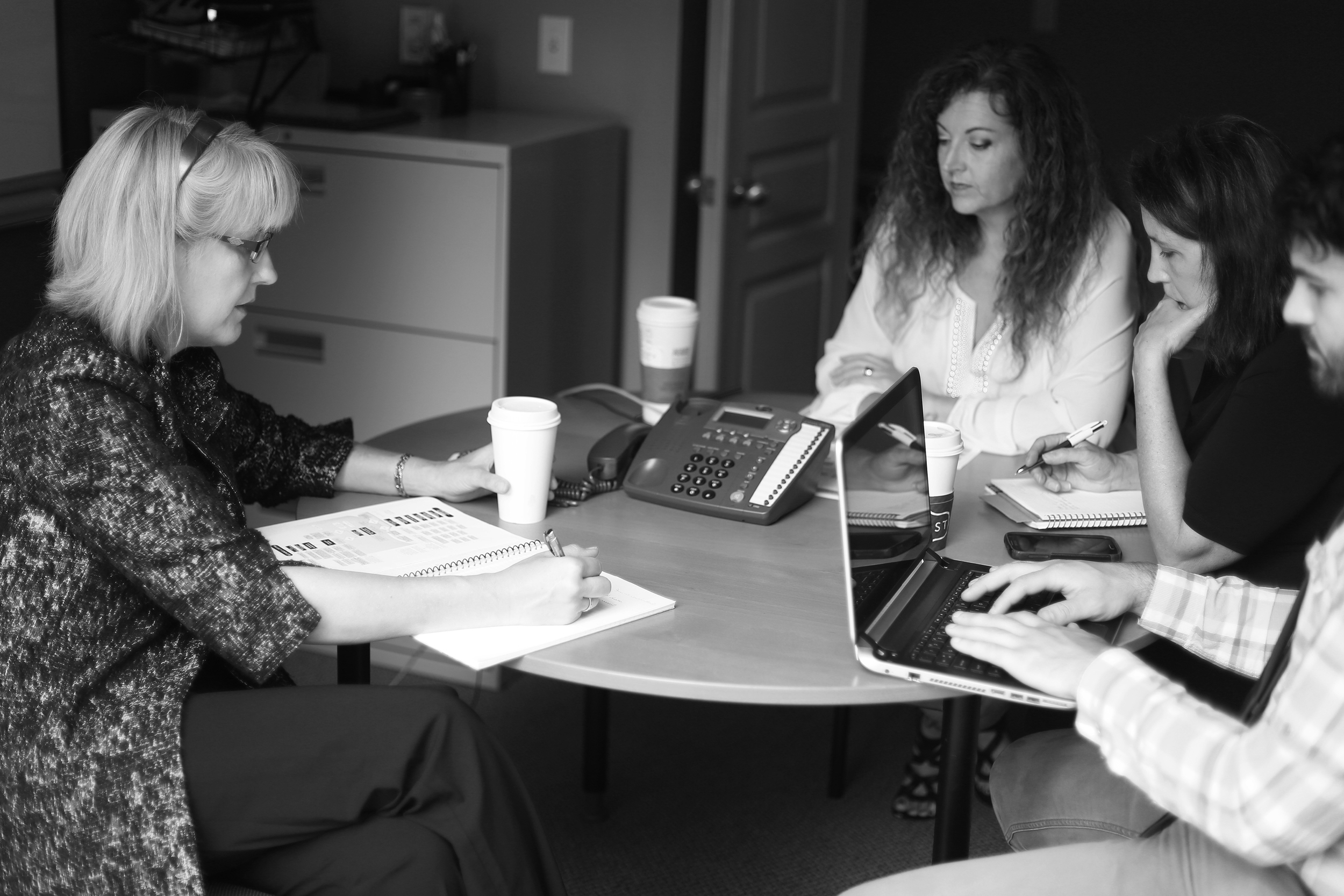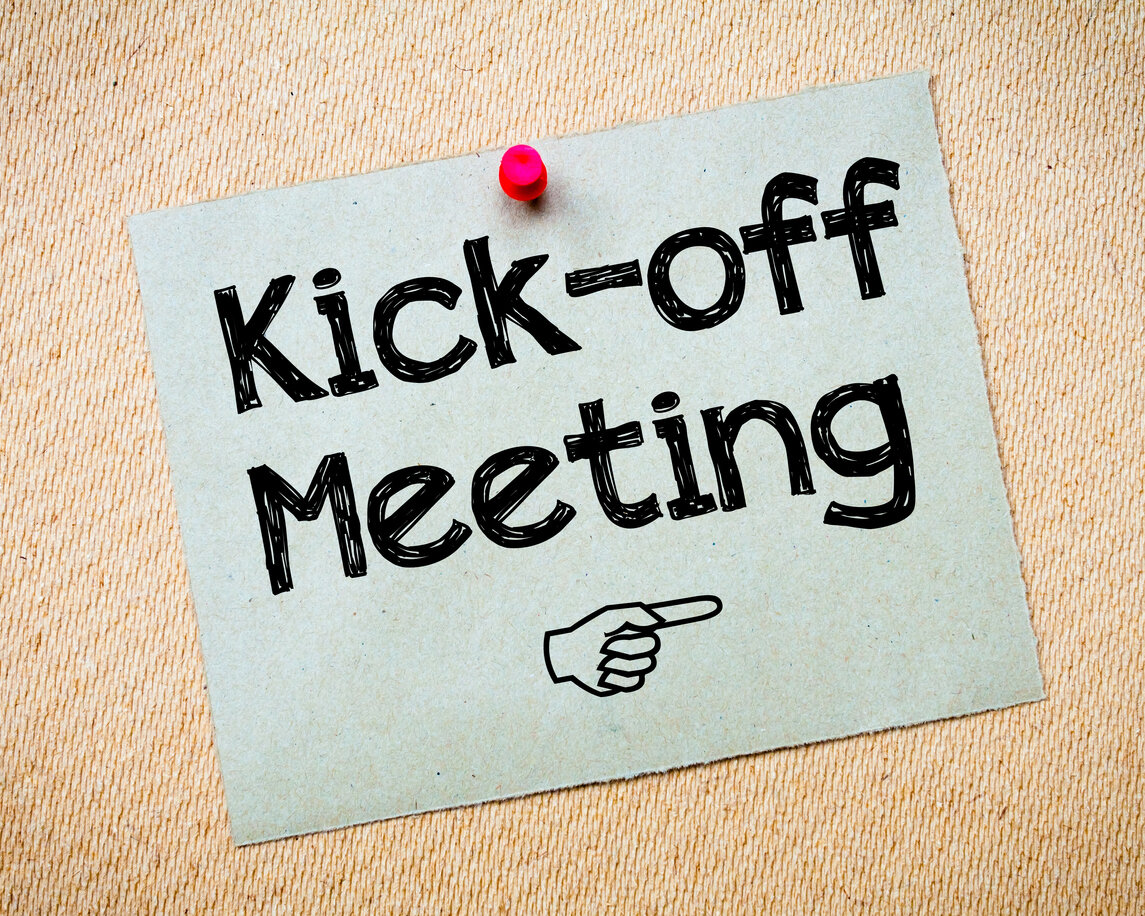Facilitating Partnering and Project Kick-off Meetings in a Social Distancing World
/As facilitators of partnering for projects around the world, our team has developed techniques and strategies for making these meetings impactful to participants as they set a team up for project success. Typically, these meetings have been held in conference rooms, event centers, trailers, and hotels, but the world has clearly changed, and teaming is still critically important, perhaps now more than ever. We can’t stop working on teaming just because we can’t be in the same room at the same time. Fortunately, great facilitators can overcome this challenge.
Embrace Technology
Like many of you, our team has been using Zoom and MS Teams to maintain face-to-face coordination. We meet daily to plan our work, keeping each other apprised of what we’re working on individually and clearly communicating what requires a team effort. Almost hourly, one or more of us are checking in with each other on projects. So, while we miss being in the same physical space, we’ve had more contact with each other because we’re mindful about connecting, and we’re using technology in new and creative ways.
So why can’t we hold a partnering session or a project kick-off meeting via technology? We can. Here are some strategies we are using:
Plan with Intention
Establish a clear, realistic agenda with defined objectives, deliverables, and participation requirements. In a live meeting, you might get away with being flexible or even flying by the seat of your pants as we’ve seen some other facilitators do. In an online environment, you can’t be successful without great planning. Facilitators must be clear, structured, timed, and focused. This doesn’t mean we’re not flexible; it just means we have put the time in to anticipate what our participants need, and we have everything ready and tested to make the meeting successful.
Learn and Leverage Tools
Use the technology to help you do the traditional things we might expect in a partnering or kick-off meeting. Zoom, for example, has a wonderful break-out-room feature. This enables the facilitator to break a group into teams to work on a specific deliverable, establishing clear instructions and time limits. The facilitator can also check in with each team during the breakout to see how they are doing. At Communication Resources, we always use two facilitators on any partnering session because it helps us turn around notes faster. Because of this, we can assign one each to two breakout groups. In our experience, this works better—live or via technology.
We can also use the whiteboard function to write down participant comments and keep a running log for the team. The virtual whiteboard can be used for parking lot issues or even for a team to document the results of their conversations. Creating a real-time, ongoing record of what a team has done and enabling them to see it during the discussions is essential to the flow of a partnering or kick-off meeting.
We can also use linked technology to make our meetings more dynamic. We use an additional camera to enable the lead facilitator to draw diagrams or connect ideas during the discussion. Or, we use the speaker selection in Zoom to highlight who is speaking and make sure everyone can get the benefit of seeing the speaker while that individual is talking about their thoughts and ideas.
We’re excited about some of the more advanced Zoom features, such as polling or the ability to showcase different screens. This way you could show site options to a team, facilitate a discussion, and then even have them vote on different aspects. For example, in a recent in-person partnering session, my colleague, Rowan, and I facilitated a live discussion about team members’ perceptions of their current performance against established success metrics. In an online environment, we can also do this live using the polling feature, showing real-time results from anonymous ‘voting’. Cool, right?
Pairing Technology and Purpose
As we evaluate technology for different types of meetings, we’re becoming more enamored with Zoom and with Teams. Teams is great for smaller meetings of less than five people. This might be great for a kick-off meeting, for example. Teams enables your face tiles to be larger, which reduces the chance that someone is going to be doing something other than engaging in your meeting. However, for larger groups, Zoom is clearly superior as you can ‘see’ more people at the same time, and the technology seems to have more bells and whistles to help the facilitator.
Realistic Schedules
Most things we need to do in partnering can be done in this new environment. But what we can’t do is take a full day in which to do them. So, we’re having to be creative in how we schedule partnering. A kick-off meeting can be done in several focused hours online but partnering just takes longer. In some cases, we’re scheduling a morning and an afternoon meeting; in others, we’re scheduling the meeting across two mornings. There are advantages and disadvantages to both approaches, but any facilitator should be mindful about the goals of the meeting and the attention spans of participants and be creative both with the schedule and with how we choose different engagement strategies.
Remember, the goal of the meeting is NOT to hold the meeting, nor is it to endure time together; the goal of any good partnering session or kick-off meeting is to help team members forge the relationships and build the agreements needed for success. Schedule your meeting appropriately to get the maximum attention from participants and plan your agenda to facilitate maximum connection among them.
Creative Connections
So, now you might ask, “What about the team charter?” We can do that, too. We can create the charter document using a photo from the event (lots of tiles together) and the team statement/agreements. The team can send in virtual signatures, and we can create the charter document. We can even send a signed copy out to everyone at the end of the meeting, both immediately and as part of the partnering notes. This just takes preplanning and coordination. With the virtual backgrounds feature in Zoom, we can even create a common background for all participants, so they sort of feel like they’re in the same place. However, do note that the quality of each participant’s camera determines whether this feature will be effective.
Strategic Preparation
Preparation is clearly key, and our advance work has never been more important because we must get participants ready to engage. This means sending out instructions for using the technology most effectively, our expectations for the meeting, and an agenda.
We use pre-meeting engagement to gather information early to fuel the development of the focused agenda; we’ve found this builds team ownership of the meeting and makes them more ready to work when the meeting starts. To build camaraderie with our teams, we’re sometimes even sending advance kits to participants that include the things we used to bring with us in person such as snacks, pens, tablets, and anything else to make them more comfortable. The little details still count.
Still in This Together
The most important message here is this: Just because we can’t get together in person right now doesn’t mean we can’t get together. There’s a strong link between project success and both well-facilitated partnering processes and well-developed kick-off meetings. We can use technology to partner at the beginning of a project, and we can continue using technology to keep partnering going. We might even find when we reemerge from our homes into a new normal that some of these processes and strategies change how we keep partnering going for the better.
Feel free to use these ideas when planning your next partnering, kick-off, or team meeting. Or, call us; we’re happy to help.
-The CRNW Team




